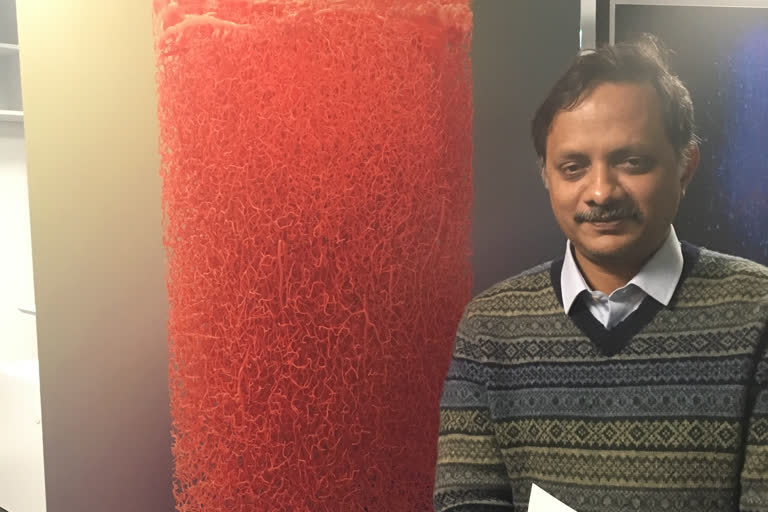Chennai: Indian Institute of Technology-Madras (IIT-M) researchers have found that energy deficiency in certain cells in the human brain to be a major cause for Parkinson’s Disease (PD), a neurodegenerative disorder. This research could lead to scientists and other stakeholders focusing on improving the efficiency of energy delivery to these cells, which might finally lead to a cure for PD.
PD is the second most prominent neurodegenerative disease around the world after Alzheimer’s disease. More than 200 years after it was first described by Dr James Parkinson as “shaking palsy,” the world is still searching for a cure.
Currently, the medical community is mostly focused only on the management of the disease. The innovative methodology and novel findings of this IIT Madras research will go a long way forward in understanding the pathophysiology of PD.
Also read: WHO probe team visits disease centre in Wuhan
Although it is known that PD is caused by the loss of dopaminergic cells in substantia nigra pars compacta (SNc), the decisive cause of this inexorable cell loss has not clearly been elucidated before. The IIT Madras researchers developed a computational model that showed that energy deficiency might be a major cause of SNc cell loss in Parkinson’s Disease.
This computational modelling was developed by Dr. Vignayanandam Ravindernath Muddapu, who completed his PhD recently at IIT Madras, under the guidance of Prof. V. Srinivasa Chakravarthy, Department of Biotechnology, IIT Madras. Dr. Vignayanandam Ravindernath Muddapu has now joined the Blue Brain Project, an EPFL-linked research center for postdoctoral research. The findings of this research have been published recently in the prestigious peer-reviewed International Journal Nature Scientific Reports.
Elaborating on the important findings of this research, Prof. V. Srinivasa Chakravarthy, Department of Biotechnology, IIT Madras, said, “While existing treatments manage PD symptoms – sometimes with great effect – a cure demands an understanding of the root cause of SNc cell loss. This is the main question addressed in our work: What is the major underlying cause of SNc cell loss in PD?”
